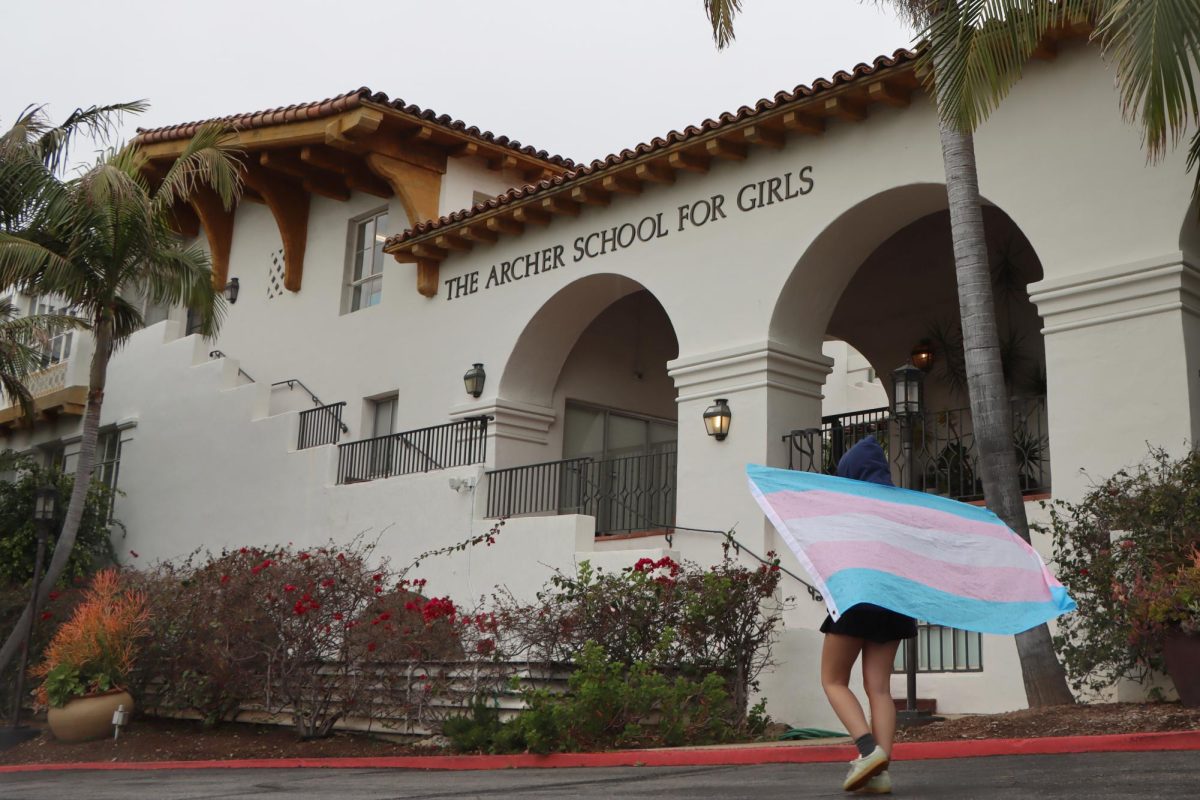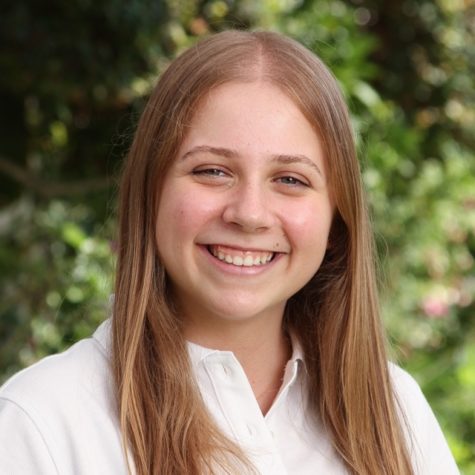One of the biggest challenges for a teacher at any school is teaching many grades. For history department chair Lucy Pinkwater and history and Latin teacher Jenny Northrup, teaching multiple grades with a big age gap has drawbacks and advantages.
Northrup has been at Archer for three years now. She initially worked as a teaching associate, and she now teaches 6th grade Latin and a 9th grade history course entitled “Understanding the Contemporary World.”
Pinkwater, who is also in her third year at Archer, teaches two very different grade levels as well: 8th grade United States History and a 12th grade history seminar on elections called “The Voice of Democracy.”
Although she enjoys working with students in the upper school, Pinkwater says that she feels very strongly about teaching the 8th grade curriculum: “I love American History, and I love teaching it to students who have just come from Ancient and World History classes—so they haven’t been exposed to it in a long time, and they’re usually very eager to learn about their own country and their own history by the time they get to eighth grade,” she says.
In the theme of eagerness to learn, Northrup says that “the excitement to be here” is pretty uniform in the attitude of her students. She says that their “approach to learning is very much the same” throughout all grades—no matter the age of the student.
She thinks this is true because 6th and 9th grade parallel each other—both are the youngest in their respective divisions. Sixth graders are excited to be at a brand new school and to learn, while ninth graders are still fresh out of middle school, ready to take on the challenges of upper school.

Photographer: Syd Stone ’16
In her 12th grade course, Pinkwater leads more discussion-based classes. In middle school, she focuses on giving her students the tools they need to succeed, like organization, note taking and time management.
She says, “Sometimes I feel like I’m playing a different role as a teacher for two tremendously different grades”.
In middle school, students “interact with the history a little more,” meaning students participate in skits, simulations and projects, but in the upper school they focus on debate and discussion when learning new information.
Although Northrup has taught 6th, 9th, 10th and 11th grade, she feels most comfortable teaching 6th and 9th. As a younger teacher, she says that it is more difficult to teach older grades.
Pinkwater comments on the maturity level of her two very different age groups. She says with a laugh, “Upper schoolers get my sense of humor more than the middle schoolers do.” She also says that upper schoolers are willing to “wrestle with an idea” before asking her for an answer, while middle schoolers are a little more reliant on the teacher for information.
She says that the biggest difference between the two grades lies in their familiarity with technology. She says that her 8th graders, unlike the seniors this year, are “the most savvy of any class [she’s] had at Archer” when it comes to technology.
Northrup feels that the switch between the 6th and 9th grades comes fairly naturally to her, partly because Latin and history are such different subjects.
For Pinkwater, the trickiest part of balancing both divisions is to keep up with the news and events of the upper school. She knows what happens in the middle school because she is an 8th grade advisor, but she doesn’t quite know everything happening in a 12th grader’s life.
Although teaching two very different grades can be complicated at times, Pinkwater sums up the similarities: “Students, no matter what age, like to connect to stories, they like an anecdote or a story that is real, it’s current, it’s personal. The best way to get them engaged is just to provide some example of where [the topic] has applied in history or today.”











Leandra • Oct 25, 2013 at 2:01 am
Nice article, Syd.
Ari Eshel • Oct 23, 2013 at 5:19 am
So true for our Elections class! We love debating!